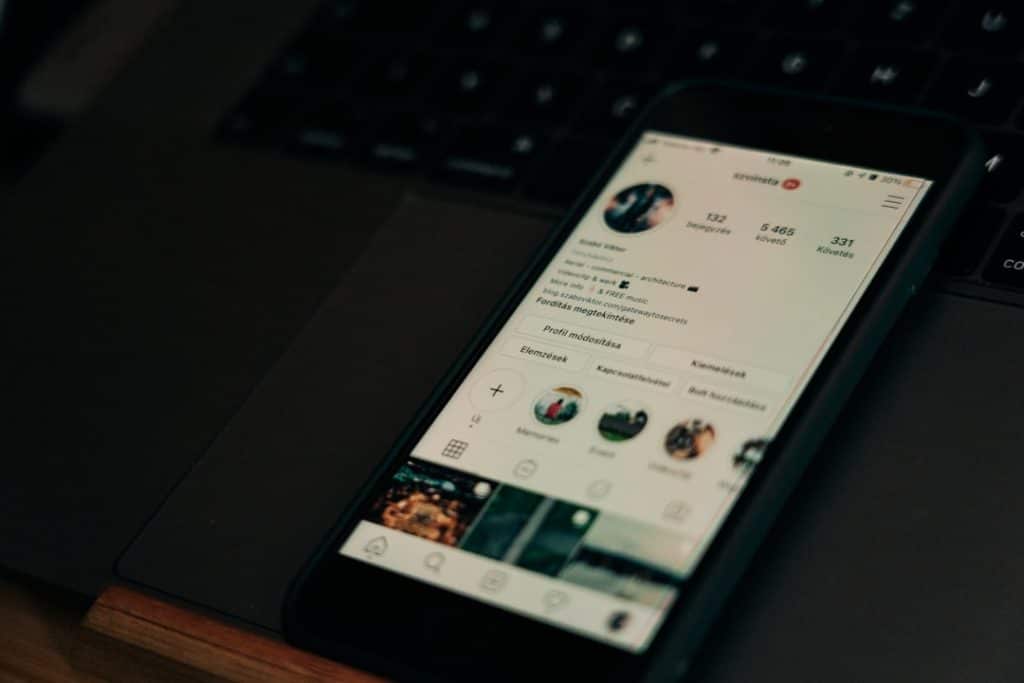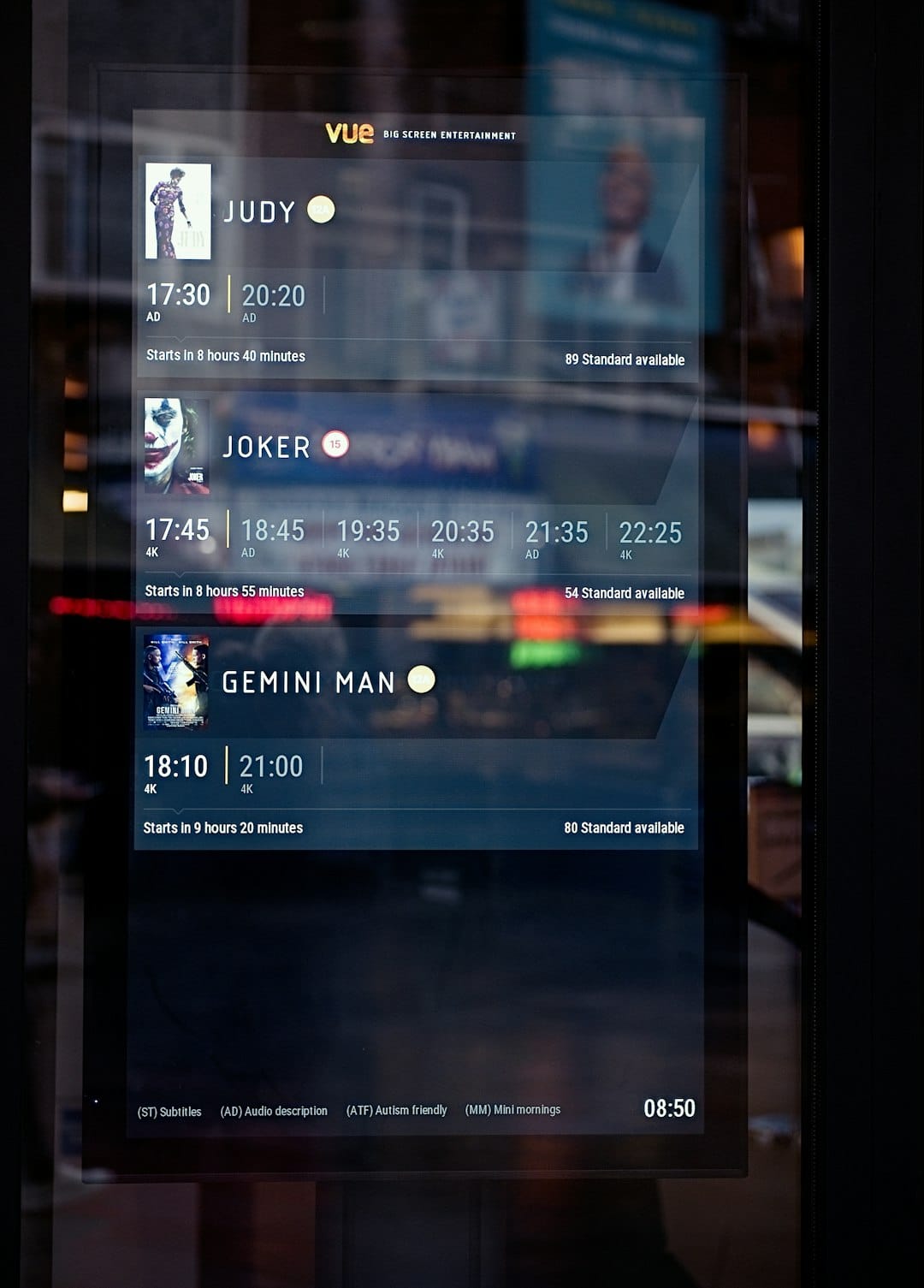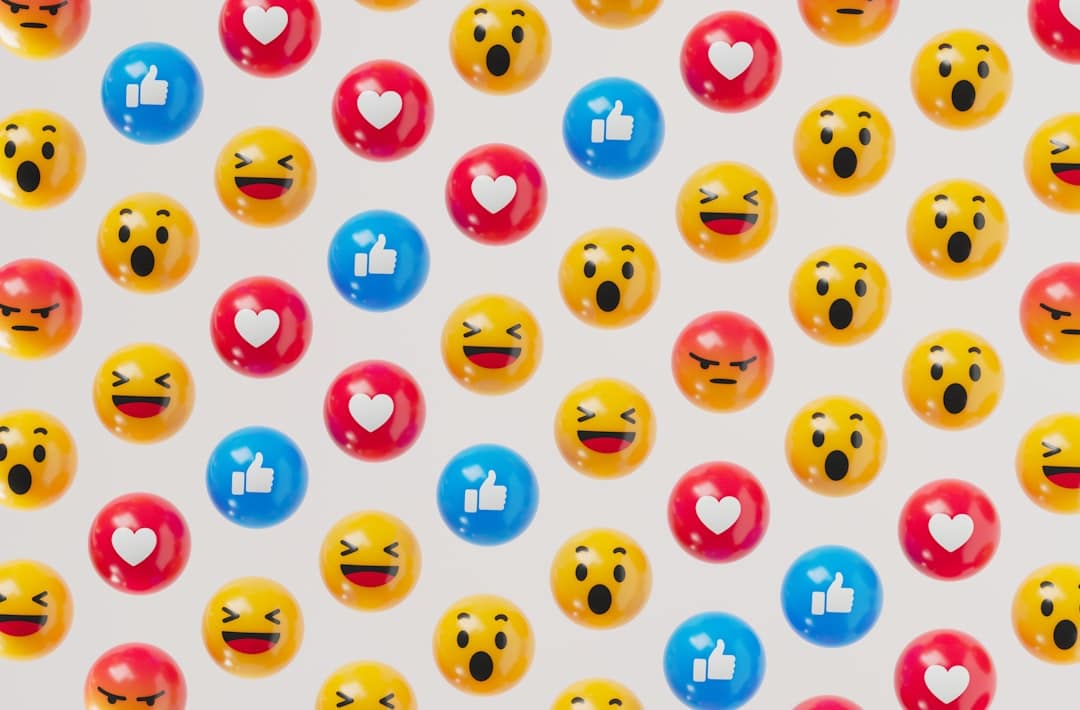Why the Spanish Internet Uses So Many Emoticons?

Log onto any Spanish chatroom, scroll through Spanish Twitter, or peek at a WhatsApp group in Spain and you’ll notice something colorful sprinkled almost everywhere — emoticons! 😊 😍 😂 These little digital faces rule Spain’s internet space. But why exactly are Spaniards so in love with them?
TL;DR:
Spanish internet users love emoticons because they match the friendly, expressive nature of everyday Spanish communication. Emotions are a huge part of how people talk in Spain, and emoticons make that even easier. Add in playful humor and a strong mobile culture, and you’ve got a recipe for emoji overload. Basically, it’s just a fun way to speak with more feeling in every message.
It Starts with the Language
Spanish, by nature, is a passionate and expressive language. In everyday conversations, people use lots of gestures, loud voices, and dramatic tones. Now, shift that into a digital space — suddenly, there’s no voice and no facial expression.
So how do you show you’re being funny, sad, sarcastic, or serious? That’s right — you toss in a 😅 or a 😍 or maybe even a good old 😏.
Spanish Culture Is Super Expressive
Spain is known for tapas, flamenco, fiestas, and yes — emotional expression! People in Spain regard communication as something warm and social. So even online, the goal isn’t just to transmit data. It’s about sharing feeling.
And when you’ve only got text? That’s where emoticons come in. They’re little emotional lifelines. Bonus: they add flair.
Why Emoticons Feel Natural in Spanish Texts
Let’s say you’re talking to a friend in person. You smile, use hand gestures, maybe roll your eyes. Now imagine you’re texting them. Plain words just don’t carry the same meaning. With emoticons, you can say more than your words ever could.
Here’s a fun breakdown:
- 😀 Smileys: Friendly tone. You’re chill, approachable, or being cute.
- 😂 Crying-laughs: You’re really laughing, not just “lol.”
- 😮 Shocked face: You can’t believe what just happened.
- 🙄 Eye-roll: Classic “Oh please.” Very popular in sarcasm.
- 😍 Heart-eyes: The ultimate approval or love for anything.
Spanish people love that these are quick, effective, and emotional. They make texts feel like real conversations.
Mobile-First Communication
Spain is a mobile-first country. Almost everyone texts — a lot! WhatsApp is a major messaging app in Spain. And what fills WhatsApp chats? Yup, emojis galore.
Fun fact: Spain ranks high in emoji usage globally. And many users switch between texting and voice messages. Emoticons help color the text when it’s used.

Younger Generations Are Leading the Way
Young Spaniards — teens and twenty-somethings — are having emoji-faced conversations all day long. They mix texting with selfies, GIFs, and tons of emoticons. Emojis even become part of slang.
Here are some real-life examples:
- “Estoy 🔥🔥 en el gym hoy.” (I’m on fire at the gym today!)
- “Me dejó en visto 🙄.” (He left me on read — with serious attitude.)
- “Nos vemos luego 😘.” (See you later — kissy face!)
Adding emojis doesn’t just spice up the message, it also sets intention — is it playful, flirty, sarcastic, serious?
Less Formal, More Friendly
Spaniards don’t usually go for stiff, formal communication unless it’s absolutely necessary. Even business chats are often relaxed. So it’s no surprise that even professional spaces may see a few 😉 or 😊 dropped in for warmth.
It says, “Hey, I’m friendly. You can talk to me.”
Shortcuts to Meaning
Typing takes time. Emoticons are a shortcut — a tiny symbol can save a whole sentence.
- 😬 = “This is awkward.”
- 😭 = “That’s sad/hilarious/unforgettable!”
- 🤔 = “I’m thinking.”
- 👏 = “Well done!” or “YES!”
They’re faster than typing out your feelings. And in the world of chats and fast replies, that’s gold.
Local Flavors: The Spanish Twist on Emoji Use
Spanish users have their own style when using emoticons. They often pile them up for effect:
“¡Qué guapo estás hoy! 😍😍😍”
Or double-down to show real emotion:
“Noooooo 😭😭😭😭”
More emojis = stronger feelings. Double or triple emojis are really common in Spanish texts. It’s like raising your voice but in a cute way.

The Influence of Spanish-Speaking Celebrities and Media
Don’t forget the celebs! Famous Spanish influencers, musicians, and actors go emoji-crazy on Instagram and Twitter. Their posts? Packed with 🔥💃💖 and infinite 😂 emojis.
Fans copy them, trends spread, and suddenly, everyone’s using the same emoji expressions. It’s kind of like emoji slang — and it spreads super fast in Spanish-speaking countries.
Not Just for Kids
It’s not just Gen Z embracing emojis. Spanish parents, aunts, and even grandparents have jumped on the emoji train. They may not be fluent in memes, but they’re definitely dropping the odd 😊, 🙃, or 👍 into family chats.
It’s become universal. Emoticons are bridging generations, too.
Old-School Emoticons Still Live On
While most of the world has embraced graphic emojis, you’ll still find Spaniards using good old-fashioned text-based emoticons. Like:
- 🙂 – basic smile
- ^^ – happy, this one’s very popular in Spain and Japan
- :’( – crying
- 😛 – cheeky tongue-out
These may be old-school, but they still work, especially in forums and on keyboards without emoji buttons.
The Final Touch
In the end, Spanish internet users aren’t using too many emoticons. They’re using just the right amount for their culture. Communication in Spain is social, loud, emotional, and fun. Emoticons are just a natural extension of that — a way to speak with your heart through your fingers.
So the next time you see someone go 😍🔥😂💯 in their message — just know, it’s not overkill. It’s very Spanish.
Conclusion
Emoticons are more than cute decorations in Spain. They’re essential tools for expressing tone, humor, love, sass, and sometimes just plain excitement. Whether you’re fifteen or fifty, part of a pop-star fan club or just texting your mom, using emoticons in Spain is like adding hot sauce to your tacos — totally optional, but way more fun.
So next time you text a Spanish friend, don’t forget the 😘 or the 😂. Trust us – they’ll notice.
